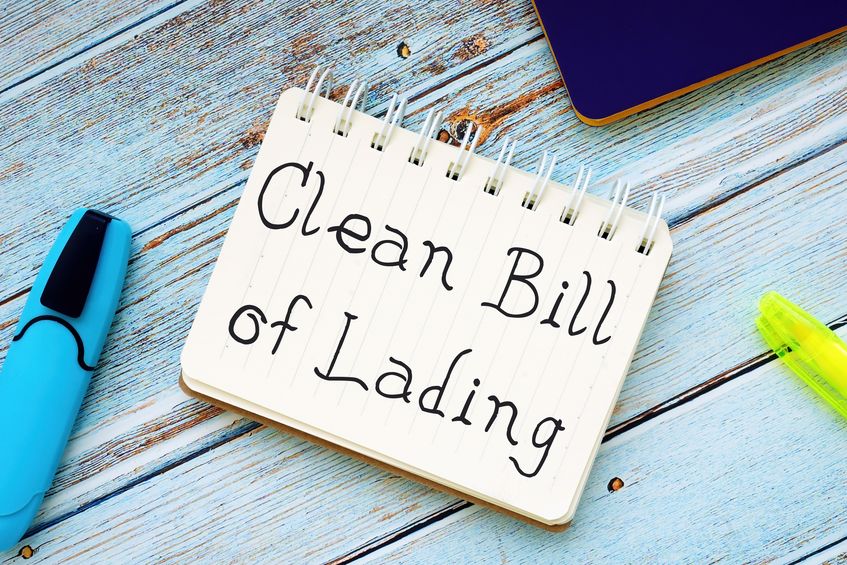What is a clean bill of lading

What is a clean bill of lading?
Clean bill of lading explained
When you are importing or exporting and opening an L/C (letter of credit), you often see the term “clean bill of lading” written in a contract between the seller and the buyer in the letter of credit.
What is a “clean bill of lading”?
Knowing about the concept of a clean bill of lading will be useful even if you are not shipping goods by opening a letter of credit. In the shipping and trading industry, the seaworthiness of packages is very important to carriers/consolidators and bonded warehouses. In addition, from the viewpoint of the buyer, the seller must deliver the cargo in good condition to the carrier at the origin.
Let’s take shipping freight from Japan, for example.
At the time of the delivery of packages to the bonded warehouse, they thoroughly check the sufficiency of the packing and for any visible damage or problems with the packages. For example, they check for any dents or crushing on the boxes, or problems such as a lid that is half-open or that looks like it might open, improper packaging, etc.
They do this for all shipments. They are usually quite fussy about the condition of packages. If packages are not in a good condition, they make a remark and sometimes will not even let the delivery agent deliver them.
A “clean bill of lading” is a bill of lading without any remarks of damage, etc.
Once goods are loaded onto the container and onboard the ship, the carrier issues the bill of lading. A bill of lading with no particular remark of visible damage or problem is called a “clean bill of lading.” In other words, if the bill of lading does not have any negative remarks, it is a clean bill of lading. A “clean bill of lading” principally verifies that the carrier/consolidator received the cargo in apparent good condition and order, and the cargo was loaded into the shipping container and onboard the vessel. This concept of a clean bill of lading is quite important to carriers as well because they do not want to be held responsible for damages if there were already damages when they received the cargo at the port of origin.
They normally inform concerned parties, such as the shipper or their customs broker, if they see any apparent damage or problems with the packages.
・Bonded warehouses check only the outer conditions of the packages and not the contents. The issuing of a clean bill of lading does not necessarily mean that the contents are in good order.
・If they find some damage and issue a bill of lading with negative remarks, such a bill of lading is called a “dirty bill of lading.”
・If damage is found after the shipment arrives at the destination but it is not known at what point the cargo was damaged, such damage is called “concealed damage” and regarded as if the cargo had gotten damaged while it was transported in the container in accordance with maritime law.










